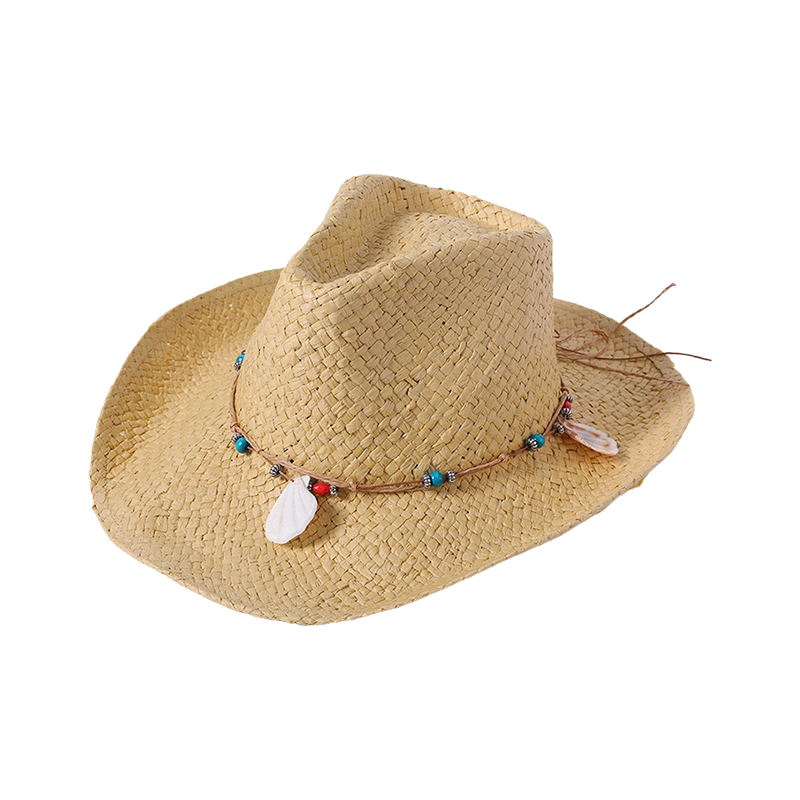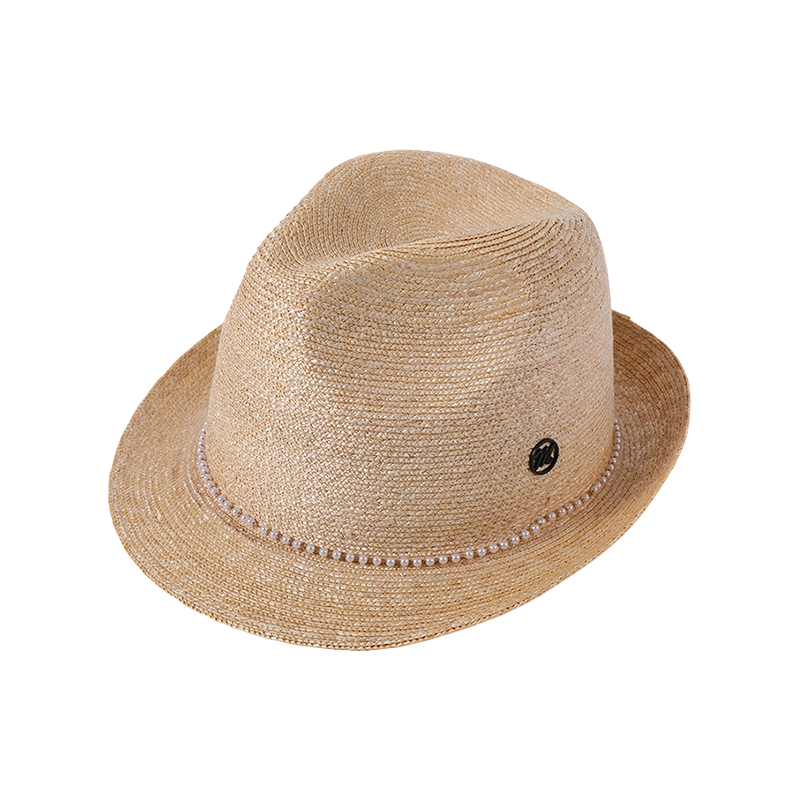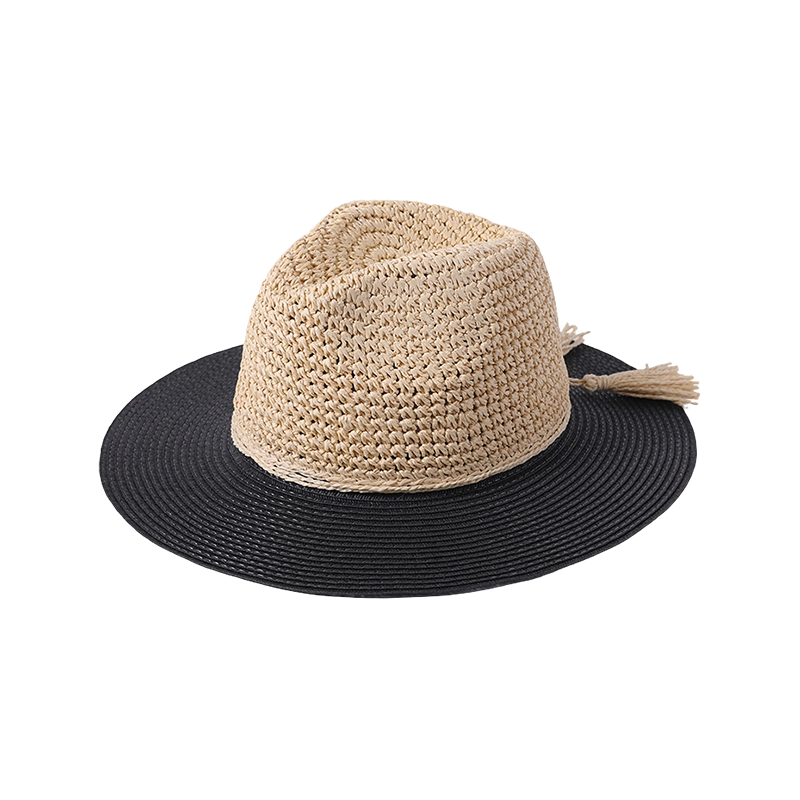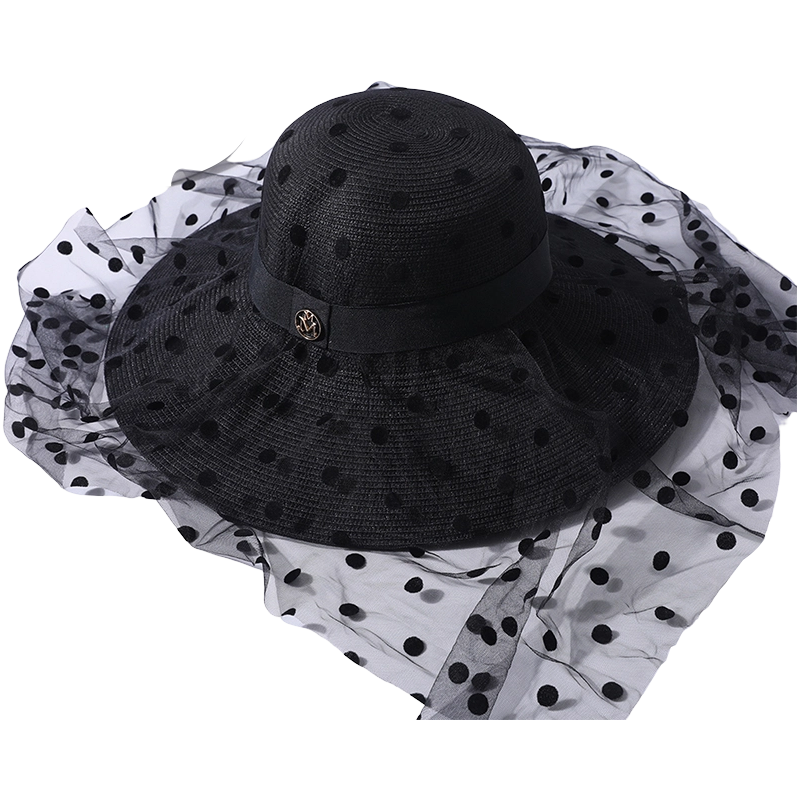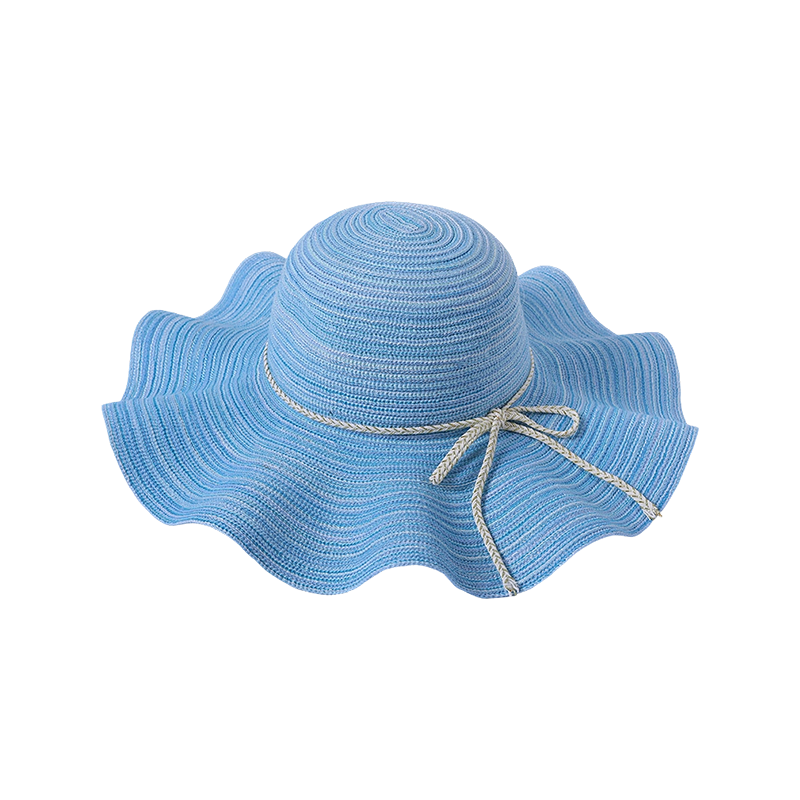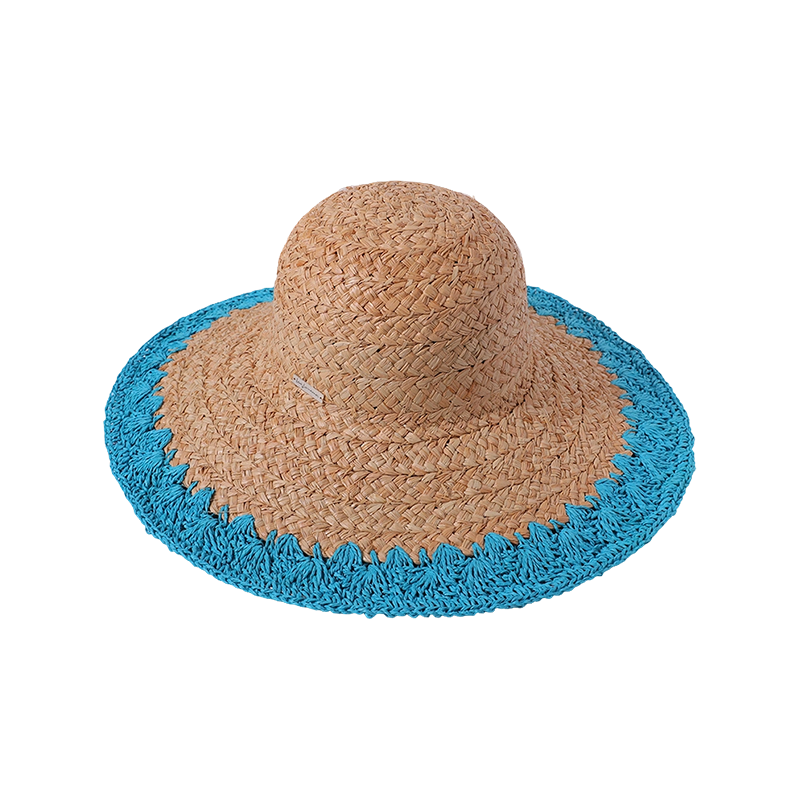Submit feedback
How Fabric Hats Are Transforming the Hat Industry?
 2024.11.29
2024.11.29
 Industry News
Industry News
Custom fabric bucket hat Factory
In recent years, the hat industry has experienced a significant transformation, driven largely by the rising popularity of fabric hats. These versatile headwear pieces are redefining fashion norms, enhancing functionality, and promoting sustainability. From their materials to their designs, fabric hats are becoming a staple in wardrobes around the world, impacting everything from style choices to environmental practices.
Fabric hats have garnered attention for their lightweight and breathable nature, making them a popular choice across various demographics. Unlike traditional hats made from rigid materials like straw or leather, fabric hats offer comfort and flexibility. This adaptability makes them suitable for various occasions, from casual outings to formal events. The trend began as designers started to experiment with different fabrics, including cotton, linen, and synthetic blends, which not only provide comfort but also allow for vibrant patterns and colors.
One of the appealing aspects of fabric hats is their versatility. They come in numerous styles, including bucket hats, baseball caps, and wide-brimmed sun hats, catering to diverse fashion preferences. This wide variety ensures that there is a fabric hat for everyone, regardless of age or style inclination.
As consumers become more environmentally conscious, the shift towards sustainable fashion has influenced the hat industry significantly. Fabric hats are often made from organic materials or recycled fibers, reducing the environmental impact associated with traditional hat manufacturing. This shift towards sustainable fabric hats aligns with the broader movement towards eco-friendly products, encouraging brands to adopt more responsible practices.
Many companies now focus on ethical sourcing and production methods, promoting transparency in their supply chains. For instance, brands that specialize in fabric hats often highlight their use of organic cotton or recycled polyester, appealing to eco-conscious consumers who prioritize sustainability in their purchasing decisions. This emphasis on sustainability is not only transforming the fabric hat market but also pushing the entire hat industry towards more responsible practices.
In a world where comfort has become a priority for many, fabric hats provide the better solution. The lightweight nature of fabric makes these hats comfortable to wear for extended periods, whether one is hiking, attending a music festival, or enjoying a day at the beach. Unlike their heavier counterparts, fabric hats do not cause discomfort or heat buildup, allowing wearers to enjoy outdoor activities without feeling weighed down.
Moreover, the fashionable aspect of fabric hats cannot be overlooked. They can easily complement various outfits, from casual jeans and T-shirts to more sophisticated ensembles. Designers have recognized this potential and have begun to incorporate unique patterns, colors, and embellishments into their fabric hat designs. This trend has made fabric hats not just a functional accessory but also a fashion statement, appealing to style-conscious consumers.
Another significant trend in the fabric hat industry is the rise of customization. Many brands now offer personalized fabric hats, allowing consumers to add their unique touch to their headwear. This trend resonates particularly well with younger audiences who value individuality and self-expression. Customized fabric hats can feature unique designs, colors, or even embroidered names, making them special for the wearer.
This personalization trend has not only enhanced the appeal of fabric hats but has also created new business opportunities. Companies specializing in customized fabric hats are emerging, providing consumers with options to design hats that reflect their personalities or commemorate special occasions. This aspect of fabric hats has helped foster a community of enthusiasts who appreciate the artistry and personal connection associated with their headwear.
The influence of fabric hats has extended beyond fashion runways and into popular culture. Celebrities and influencers have embraced fabric hats, showcasing them in social media posts and public appearances. This visibility has significantly boosted the appeal of fabric hats among fans and followers, bringing about increased demand for specific styles. Social media platforms, particularly Instagram and TikTok, have become hotspots for showcasing fabric hats, with users sharing their unique looks and inspiring others to adopt the trend.
Moreover, collaborations between hat brands and well-known designers or celebrities have further propelled the popularity of fabric hats. Limited-edition collections featuring unique designs often sell out quickly, illustrating the high demand for these trendy accessories. This phenomenon has transformed fabric hats into coveted items, creating a sense of exclusivity that resonates with fashion enthusiasts.

Beyond their aesthetic appeal, fabric hats offer practical benefits that contribute to their popularity. Many fabric hats feature built-in UV protection, making them ideal for outdoor activities. This functionality is particularly relevant as awareness of skin health and sun safety increases. The lightweight and breathable nature of fabric hats also allows for better airflow, making them suitable for hot weather.
Additionally, fabric hats are often machine washable, providing convenience that is not typically found in hats made from other materials. This ease of care has made fabric hats a preferred choice for parents, outdoor enthusiasts, and anyone who values practicality in their wardrobe.
While the rise of fabric hats presents numerous opportunities, it also poses challenges for manufacturers and designers. The hat industry must continually innovate to stay ahead of trends and meet consumer demands. This need for innovation has led to the development of advanced fabric technologies, including moisture-wicking properties and enhanced durability. Such innovations ensure that fabric hats remain functional while retaining their stylish appeal.
Moreover, as the market for fabric hats grows, brands must navigate issues related to competition and market saturation. This requires a strategic approach to branding and marketing, emphasizing the unique qualities of their fabric hats. Brands that can effectively communicate the benefits and features of their fabric hats are likely to thrive in this evolving market.
The transformation of the hat industry through the rise of fabric hats is undeniable. These versatile, comfortable, and sustainable accessories are changing how consumers perceive and wear headwear. With their stylish designs, customization options, and practical benefits, fabric hats are not just a passing trend; they represent a shift towards a more inclusive and environmentally conscious fashion landscape.
As the demand for fabric hats continues to grow, so too will the innovations and practices that define this segment of the hat industry. From sustainability initiatives to personalized designs, fabric hats are poised to guide the way in shaping the future of headwear. The hat industry has embraced this transformation, signaling that fabric hats are here to stay and will continue to influence fashion for years to come.


 En
En  Español
Español 中文简体
中文简体

